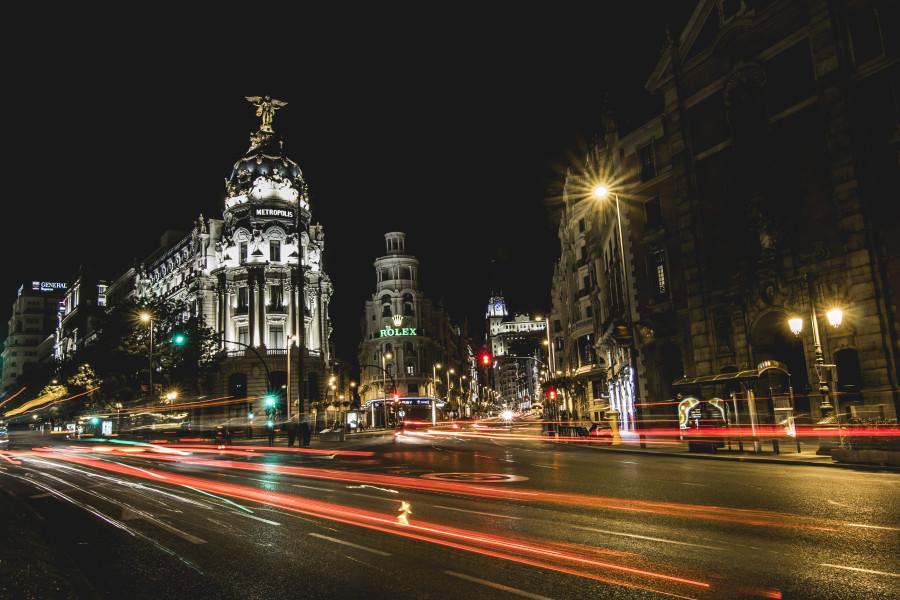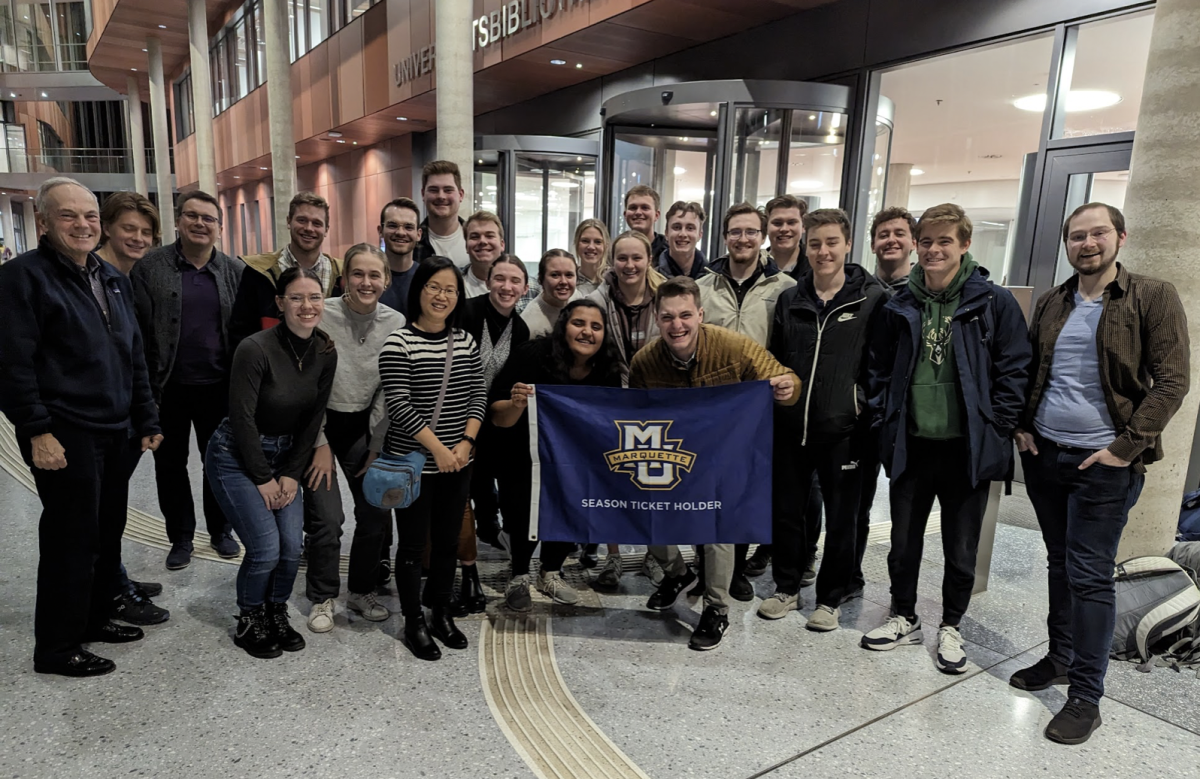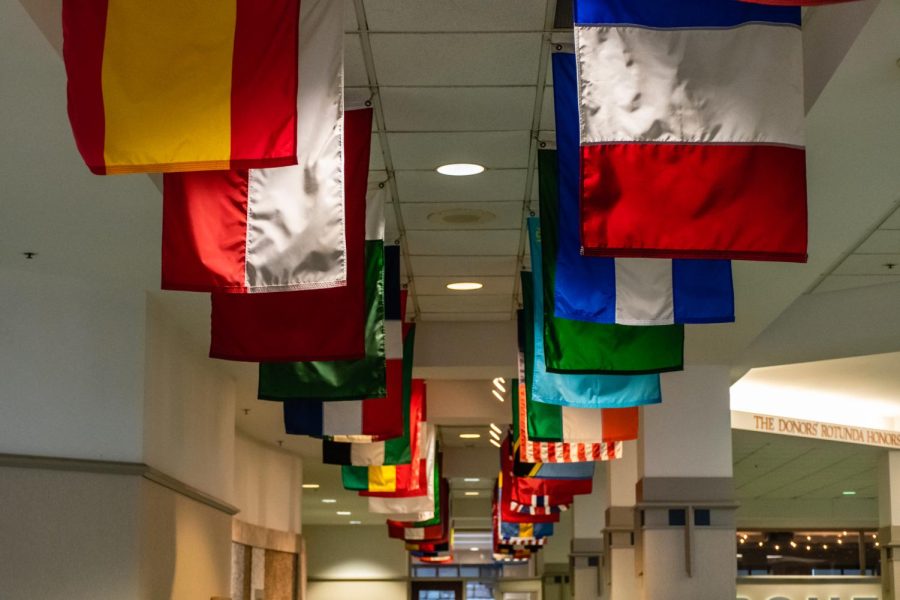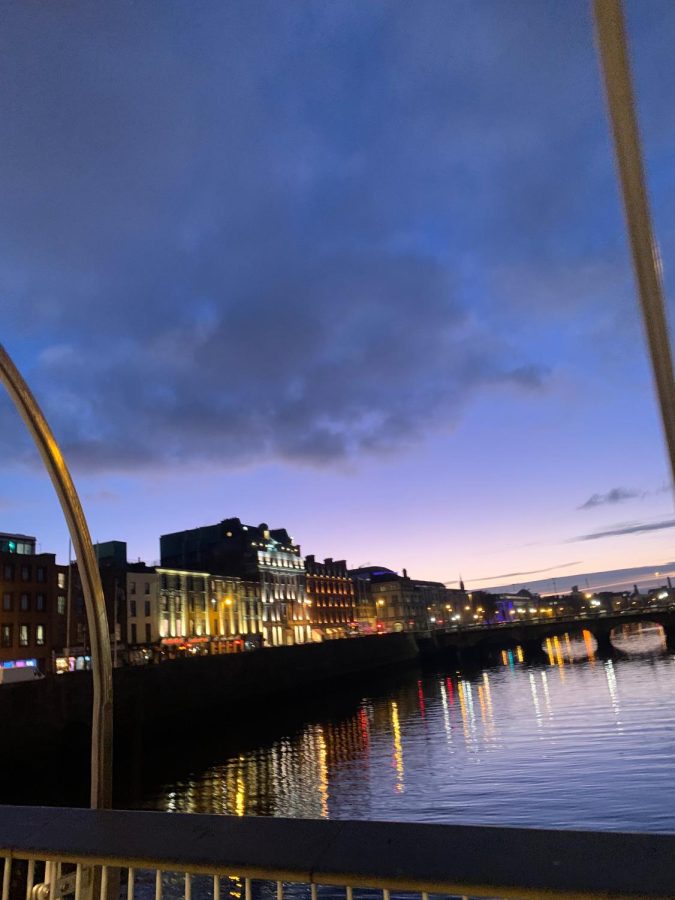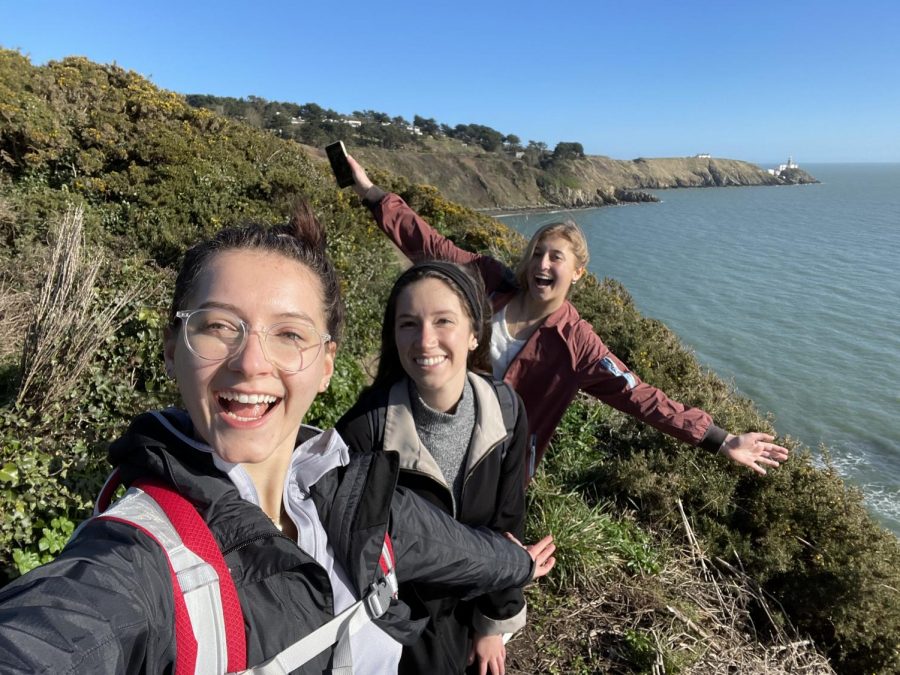
Lisbon, surprisingly, is not known for many things internationally.
It still retains some intrigue from the World War II and Cold War days of being a ‘spy refuge’ for both sides of the wars, spawning ideas of James Bond and other characters.
A city mixed with old and new, Lisboa is full of surprising sites and entertainment for tourists (such as myself).
Being a tourist on a tight budget, I was able to get a unique but cheap idea of all the “city of seven hills” has to offer.
1. Pastries.
Food should always be first. Lisbon has countless pastelarias, or pastry shops, which locals hit up for lunch by standing at the counter and ordering whatever empanadas, pizzas or other pastry concoctions are on offer that day. Standing at a counter with the Lisboans is definitely an experience, as they are all chatting over one another and with the old man working the counter. (Any shop I went into had an old Lisboan man at the counter – I think it added to the atmosphere somehow.) The pastries themselves are displayed in large glass cases in the middle of the store, giving the whole thing an air of a “general store/soda shop” from the 1950s that never really got the memo to update its decor. The whole effect takes you back in time, just a little, to a place where people still eat at counters and old men in paper hats still serve you.
By far the most-famous pastries in Lisbon are the ‘pastel de nata‘ of Pasteis de Belem, located in the city’s seaside district of Belem, named for its monastery. The shop has been serving the egg custard tarts to guests since 1837 and doesn’t seem to be shutting down any time soon. Their tarts are served hot out of the oven with cinnamon and powdered sugar topping, which compliment the flaky pastry crust and custard nicely.
Perhaps the best part about such pastries is that most are sold for about €1.50 – 0.60 depending on how fresh they are at the time of day. They are also very filling, and therefore an easy (albeit unhealthy) way to eat lunch.
2. Fado.
Fado, unbeknownst to myself before my trip, is a historic and famous music which was created and developed in Lisbon. It is a traditional, somber-like music that developed from women singing about their sailors at sea and bohemians singing about their lifestyle in the various barrios (quarters) of the old city. The music is rather melancholy, emotional and dramatic. It can be sung by men or women and the singers generally wear black or traditional costumes. I was able to see an exhibit dedicated to the history of Fado fashion at the Muse del Modo.
Fado can be rather expensive to see if you’re looking for an authentic place at dinnertime. The best places go for about €40, which includes dinner and sangria or wine. However, if you’re a night owl like myself, you can pop in to a Fado bar around 10 p.m. and catch a world-class Fado show for free, provided you buy a drink or tapas from the bar. I chose Tasca do Chico in Barrio Alto because it was a short walk from my hostel, but there are several famous Fado houses in Alfama and Mouraria as well.
3. Art.
Lisbon is home to amazing architecture and museums, churches, sidewalks, ice cream – anything that can be turned into art is. Most notably, some churches and museums are free and worth the wait. For instance, as mentioned before, visiting the Muse del Modo (design museum) was worth the free admission. It housed quirky furniture and other design pieces, but the gem was the history of Fado through fashion.
One can also see public art throughout the city, from the working public elevator created by Eiffel (of the Eiffel Tower), the massive sculptures on the river in Belem, the 25 de Abril bridge (a copy of the Golden Gate Bridge which is art in and of itself), or the copy of Rio de Janero’s Cristo, viewable from most points of the city.
Some of the city’s museums require an entrance fee, but all of the outdoor monuments, buildings and sculptures are absolutely free, which was key in sticking to a tight budget.
4. Water.
Lisbon is, obviously, situated on the Atlantic coast of Portugal. It is a junction between the River Targus (which starts by Madrid) and the sea. Perhaps I’ve spent too much time glaring at the River Thames, but being able to see ocean for the first time in a while was exciting. Watching the 25 de Abril bridge loom over the river was a pretty sight, and there are steps for fishermen and daring visitors to sit on and enjoy the river/sea water at their feet.
Moreover, Lisbon has hundreds of public fountains used by locals and tourists, which are often mini-works of sculptural art. These fountains perpetuate the Lisboan tradition of cooking meals outside in the streets and squares during the summer, allowing residents to get water easily. They also make a cheap alternative to buying water bottles every couple of hours in the hot sun.
6. Barrios on the Hill
As you may have guessed, Lisbon is known among the Portuguese as the “city of seven hills”. There may only be seven main mountains that make up the city, but there are hills to climb all over the place. Most of the barrios, or neighborhoods, are situated on and around the hills. Some of the most-famous neighborhoods include: Alfama, famous for its Fado, old architecture and history; Mouraria, famous for the castle and Roman ruins; Barrio Alto, famous for its nightlife and bohemian residents and Belem, famous for its monastery, pastries and proximity to the water.
My favorite barrios were Belem, because of its green spaces and ports, as well as Barrio Alto, as it was near where my hostel was located, was relatively residential and had a lot of exciting places to go for young people, especially at night when bars wouldn’t close until four or later.
Walking around the city, best of all, is free. There are also “free” walking tours available from hostels and the Rossio Square in which participants are encouraged to tip guides. This is by far the best way to see the city on a budget.
For more info, events and pictures of Lisbon, visit www.pondhoppassport.wordpress.com!

